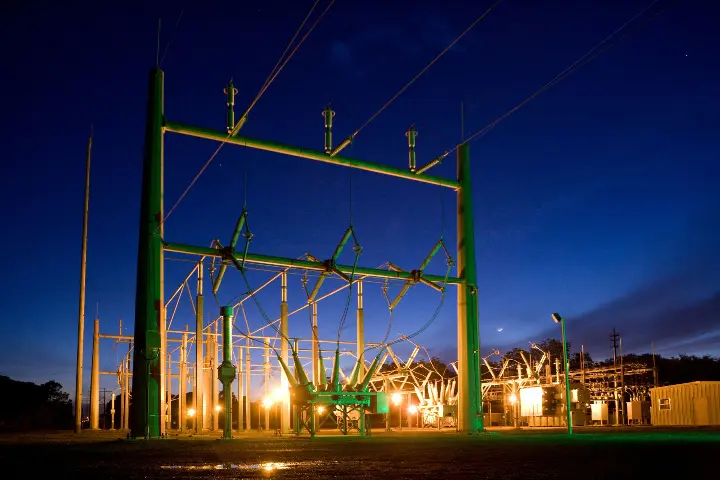The African Union (AU) has released a landmark report detailing its ambitious plan for the African Single Electricity Market (AfSEM), a revolutionary initiative that could transform energy access for 1.3 billion people. The report, titled The African Single Electricity Market Report, outlines how connecting the continent’s fragmented power grids could reduce blackouts, lower electricity costs, and accelerate the shift to renewable energy.
Why This Matters?

- Energy Poverty Crisis: Over 600 million Africans lack reliable electricity, forcing households and businesses to rely on expensive, polluting generators.
- Economic Lifeline: The AfSEM could add $712 billion to Africa’s GDP by 2050 by enabling cross-border energy trade and industrial growth.
- Climate Opportunity: With the world’s largest untapped solar and hydropower resources, Africa could leapfrog fossil fuels and become a green energy leader.
Key Takeaways from the Report
1. A Unified Grid for a Divided Continent
The AfSEM aims to link 55 national power systems into a single market—the largest of its kind globally. Currently, Africa operates in silos:
- Nigeria, despite its vast gas reserves, suffers daily blackouts.
- South Africa’s aging coal plants trigger nationwide outages.
- Rural regions spend up to 30% of income on kerosene and diesel.
By pooling resources, energy-rich nations (like solar-powered Niger and hydro-rich DRC) could export surplus electricity to neighbors, stabilizing supply.
2. Renewables Take Center Stage
The report highlights Africa’s staggering clean energy potential:
- Solar: The continent receives 60% more sunlight than global averages—enough to power the world.
- Hydropower: Only 10% of Africa’s hydro capacity is utilized. Projects like the Grand Inga Dam (DRC) could power half the continent.
“AfSEM turns Africa’s renewable riches from a dream into tradable commodities,”

3. Challenges Ahead
- Infrastructure Gaps: Building cross-border transmission lines requires $40 billion/year.
- Political Hurdles: Harmonizing tariffs and regulations across 55 nations won’t be easy.
- Funding: The AU is courting investors at upcoming summits like Egypt Energy 2025 and Nigeria Energy 2025.
What’s Next?
The AU will begin pilot interconnections in East and West Africa by 2026, with full rollout targeted for 2030. Meanwhile, startups like Zola Electric and M-KOPA Solar are already proving decentralized solutions work.
For deeper insights, download the full African Single Electricity Market Report HERE